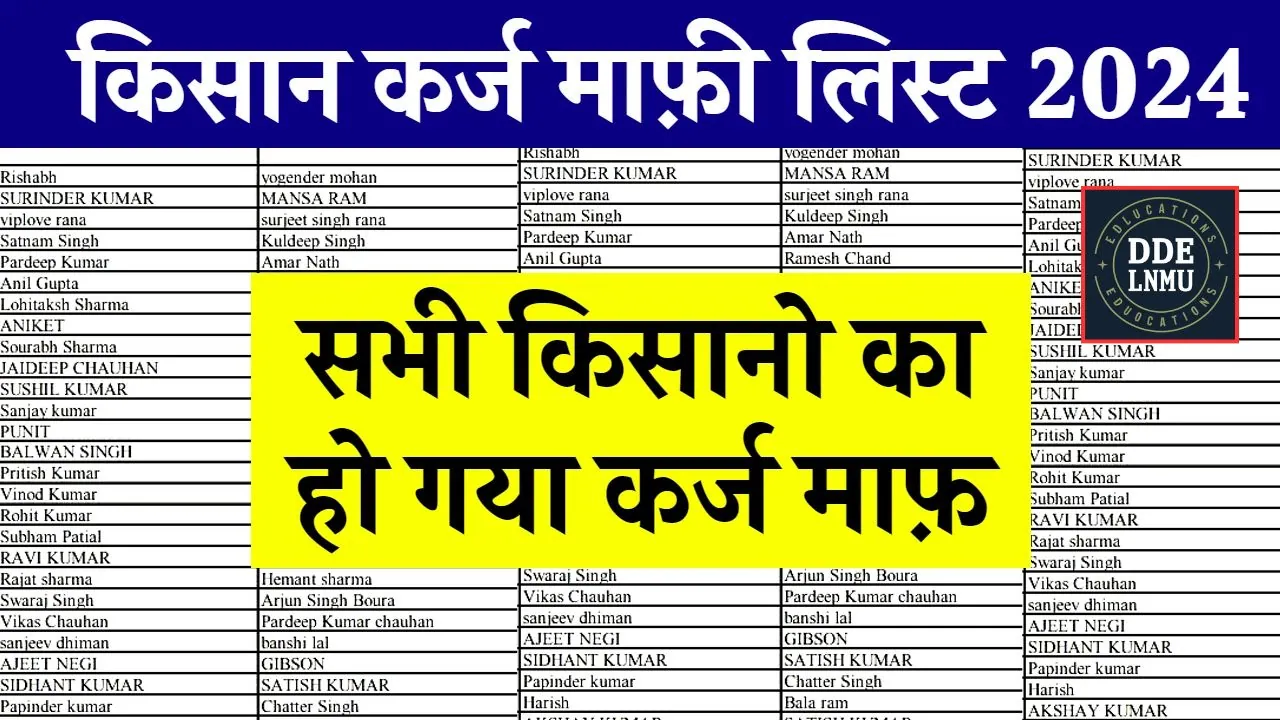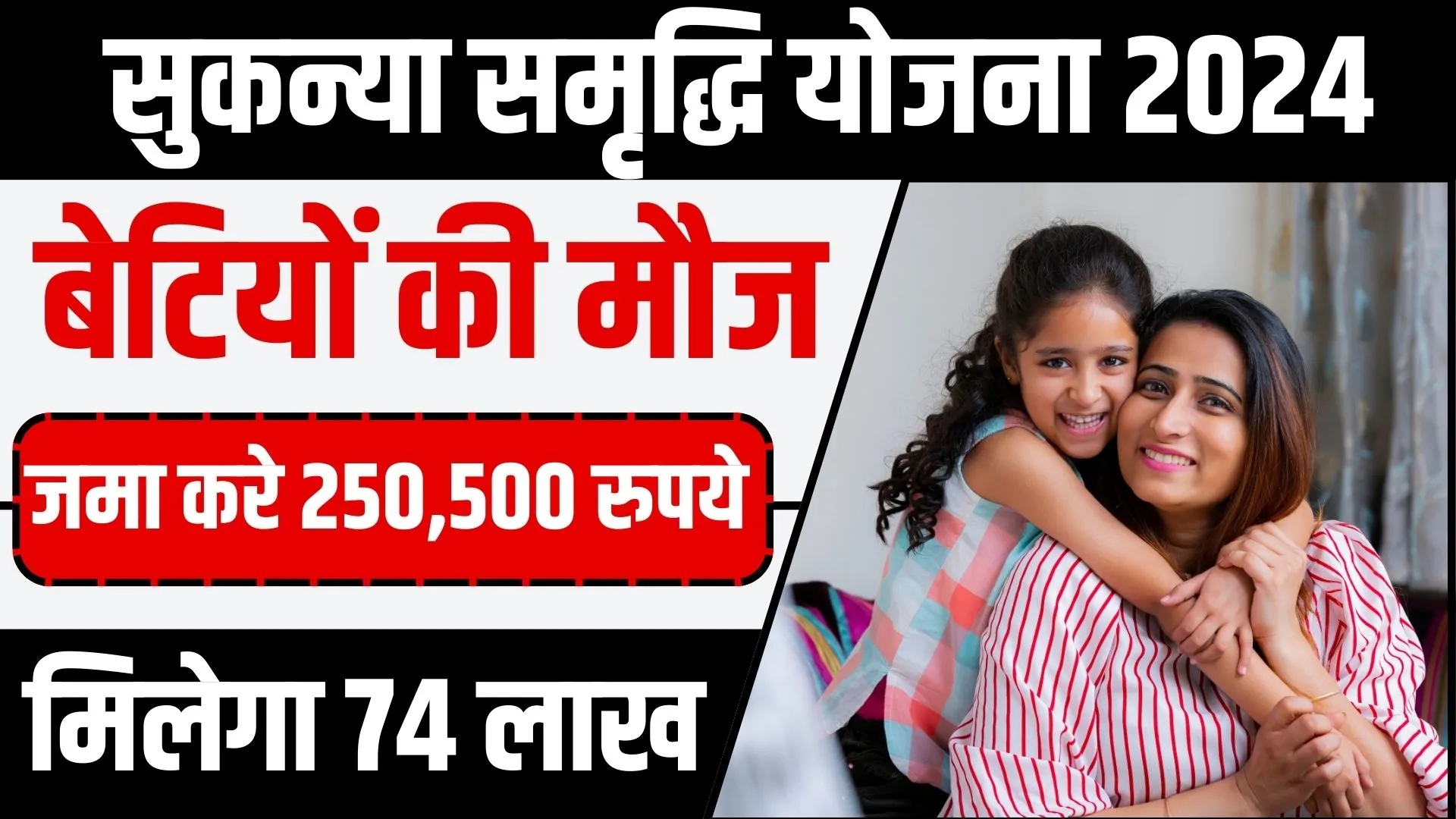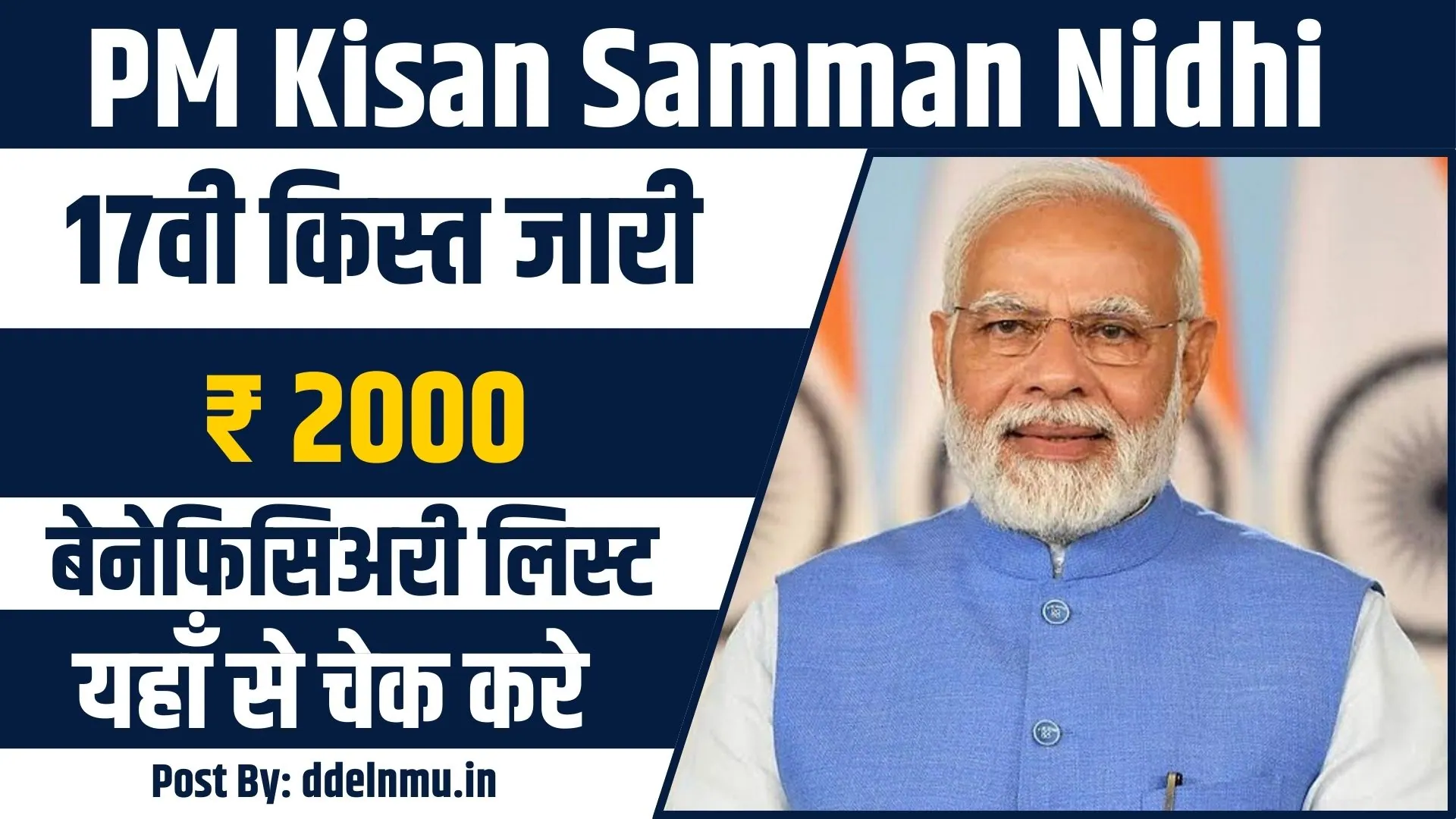Understanding the Latest Developments in India’s Pension System
New Pension Scheme: The recent budget announcement for 2024-25 has brought significant attention to the New Pension Scheme (NPS) in India. Finance Minister Nirmala Sitharaman’s declaration has sparked discussions about the future of pension plans for government employees and citizens alike. This article delves into the key aspects of the NPS, its potential reforms, and the broader fiscal implications outlined in the budget.
Progress and Collaboration on NPS Review (New Pension Scheme)
The Finance Minister expressed satisfaction with the progress made by the committee reviewing the New Pension Scheme. A notable development is the constructive approach taken by the staff side of the National Council of the Joint Consultative Machinery for central government employees. This collaboration suggests that a solution is on the horizon, one that aims to address relevant issues while maintaining fiscal prudence to protect the common citizens.

Key Stakeholders in NPS Reform
| Stakeholder | Role in NPS Reform |
| Finance Ministry | Oversight and policy decisions |
| NPS Review Committee | Comprehensive evaluation of the scheme |
| National Council of Joint Consultative Machinery | Representing central government employees |
| Pension Fund Regulatory and Development Authority (PFRDA) | Regulating and developing the pension sector |
| State Governments | Implementation at state level |
| Pension Fund Managers | Managing NPS funds |
| Subscribers | Beneficiaries of the scheme |
| Point of Presence (POP) | Facilitating NPS registrations |
| Central Recordkeeping Agency (CRA) | Maintaining records of contributions |
| Trustees Bank | Handling fund transfers |
Budget Estimates for 2024-25: A Fiscal Overview
The Finance Minister provided a comprehensive outline of the budget estimates for the fiscal year 2024-25. These figures offer insight into the government’s financial planning and its impact on various sectors, including pension schemes.
Key Budget Figures for 2024-25
- Total receipts (excluding borrowings): ₹32.7 lakh crore
- Total expenditure: ₹48.2 lakh crore
- Net tax receipts: ₹28.3 lakh crore
- Fiscal deficit: 4.9% of GDP
- Gross market borrowings: ₹14.01 lakh crore
- Net market borrowings: ₹11.63 lakh crore
These figures represent a decrease in both gross and net market borrowings compared to the previous fiscal year, indicating a move towards fiscal consolidation.
Fiscal Consolidation: A Path to Economic Stability
The government has reaffirmed its commitment to the fiscal consolidation path announced in 2021. This strategy has proven beneficial for the Indian economy, with the aim to reduce the fiscal deficit below 4.5% in the coming year.
Long-term Fiscal Goals
- Maintain a declining debt-to-GDP ratio from 2026-27 onwards
- Continue efforts to keep the fiscal deficit in check each year
- Balance economic growth with fiscal responsibility
Indirect Taxes: Simplification and Rationalization
The Finance Minister highlighted the success of the Goods and Services Tax (GST) in reducing the tax burden on common citizens, easing compliance for businesses, and enhancing government revenues. Future plans include:
- Further simplification and rationalization of the GST structure
- Expansion of GST to remaining sectors
- Comprehensive review of customs duty rates over the next six months
Objectives of Customs Duty Proposals
- Support domestic manufacturing
- Deepen local value addition
- Promote export competitiveness
- Simplify taxation structure
Sector-Specific Customs Duty Proposals
While specific details were not provided in the transcription, the Finance Minister indicated that sector-specific customs duty proposals would be addressed. These proposals are likely to focus on:
- Reducing duty inversions
- Minimizing disputes in customs assessments
- Aligning duty structures with the ‘Make in India’ initiative
- Enhancing ease of doing business in international trade
Potential Sectors for Customs Duty Reforms
- Electronics and IT hardware
- Renewable energy equipment
- Textiles and garments
- Automotive components
- Pharmaceuticals and medical devices
Conclusion: A Forward-Looking Approach to Pension and Fiscal Management
The 2024 budget announcement presents a balanced approach to addressing the New Pension Scheme while maintaining overall fiscal health. The government’s commitment to review and potentially reform the NPS, coupled with broader fiscal consolidation efforts, signals a proactive stance in managing India’s economic future.
As the NPS review committee continues its work, stakeholders can anticipate changes that aim to benefit government employees while ensuring the long-term sustainability of the pension system. The focus on simplifying indirect taxes and rationalizing customs duties further underscores the government’s dedication to creating a more efficient and competitive economic environment.
FAQ Section New Pension Scheme?
Q: What is the New Pension Scheme (NPS)?
A: The New Pension Scheme is a defined contribution pension system introduced by the Indian government for central government employees (except armed forces) joining service on or after January 1, 2004, and has since been adopted by many state governments and is also available to all citizens voluntarily.
Q: How does the fiscal deficit target of 4.9% for 2024-25 compare to previous years?
A: The 4.9% fiscal deficit target for 2024-25 represents a continuation of the government’s fiscal consolidation efforts. It is lower than the targets set in recent years and aligns with the goal of bringing the deficit below 4.5% in the near future.
Q: What are the potential benefits of simplifying the GST structure?
A: Simplifying the GST structure can lead to easier compliance for businesses, reduced operational costs, improved tax collection efficiency, and potentially lower prices for consumers due to reduced cascading effects of taxes.







